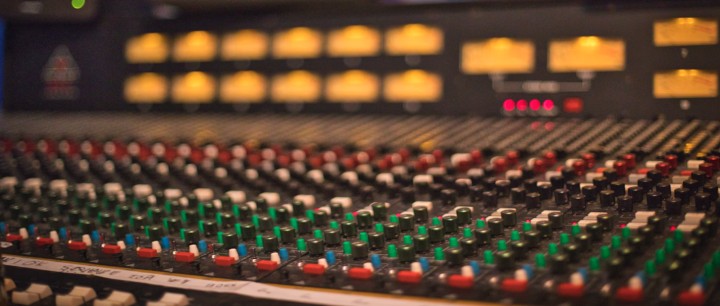
One of the trickiest things to get right in an electronic music mix is the balance between your bass and kick parts. As anyone who's been in a club is well aware of, bass frequencies carry a lot of energy and managing the distribution of your low end can go a long way to bringing your music clarity and definition.
Bass and kick drum parts typically occupy overlapping frequency regions, which, when not carefully managed, is a recipe for inflating the sonic energy present at particular frequencies and creating a sludgy, boomy overall sound.
The EQ Approach
So how do we fix the mix and iron out our low end' Well, let's take a look at an EQing approach first - get hold of a decent frequency analyser and slap it on both your kick drum and bass channels.
If you don't have one of these (most of the big DAWs come with a native spectrum analyser, so double check your plugins list if you aren't sure), I can heartily recommend the free Voxengo analyser 'AnSpec'.
Play your kick and bass parts and open up the interfaces of the spectrum analysers on both channels - you'll probably notice a lot of energy sub 100Hz on both channels. Problems arise whenever you have big frequency peaks across more than one channel, so compare and contrast your kick and bass frequencies and draw up a list of the biggest problem areas.
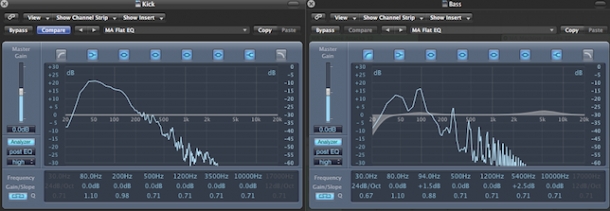
Questions And Answers
At this point, it's important to note that this technique is an art of compromise, so no two combinations of bass and kick should be EQed in quite the same way. How you proceed also entirely depends on what you feel the most important elements or aspects of the given track are, so it's instructive to ask yourself a few basic questions:
1. is the kick or the bass more important in this track'
2. what are the essential elements of the kick that make it sound good in this track'
3. what are the essential elements of the bass that make it sound good in this track'
Of course, the answers to these questions may change over the duration of a single track, so you should automate and change your EQing accordingly.
If your answer to the first question is the kick, as will probably be the case in many dance production contexts, you'll want to EQ your bass part to keep it from interfering with the important elements of the kick and vice versa for the opposition answer.
If your answer to question 2 involves a nice, round sub frequency component, then you'll want to look at high-pass filtering your bass part somewhere above at least 40Hz. If you don't want to loose too much weight in your bass part, you might want to consider changing your filter curve setting to a gentler slope - perhaps around 12dB/octave or so.
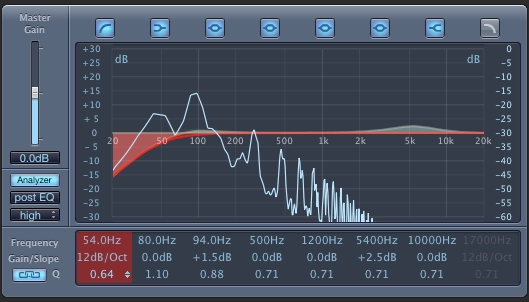
You might be using quite a 'toppy' kick, as in one with more punchy energy at around 100-120Hz and less sub 50Hz energy. In this case, it might be more appropriate to take a notch EQ filter and cut your bass at these frequencies, to allow that kick punch to come through more in the mix.
It is vital here to listen to both the kick and bass parts together and gradually adjust the gain reduction of your notch filter, otherwise you may end up cutting bass frequencies unnecessarily.
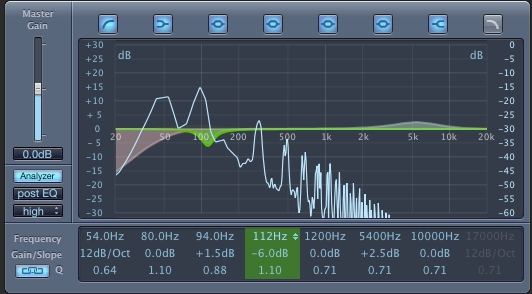
In certain situations, you might be working with an especially subby bass part such as in Drum and Bass production. In order to allow the sub to cut through as well as ensuring the kick punch is clear and crisp, you'll want to high-pass your kick (perhaps at around 40-50Hz) as well as scooping out frequencies from your sub that contribute to your kick's punchiness (so around 100-120Hz again).
This will result in a combined bass and kick part that is subby but not boomy and punchy without being flabby.
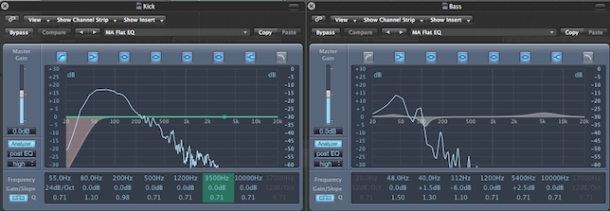
Sidechain City
Another approach to balancing your kick and bass parts is the ever-popular sidechain compression technique. This typically involves placing a compressor on your bass part and using the kick drum signal to compress the bass only when the kick drum is playing, resulting in the familiar 'pumping' impression. Important controls to consider here are the compression ratio, attack and release, determining how much compression is applied, how quickly and how quickly the effect dissipates respectively.
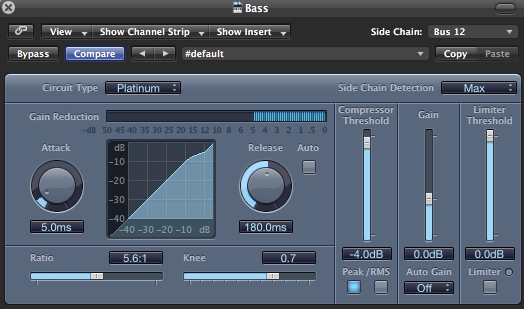
However, if you're working with quite a percussive bass sound and have decided it is a more important element in your track than the kick, you might want to reverse this situation and sidechain your kick off of the bass signal.
The above techniques can of course be applied to other elements in your mix - for example, you might have a vocal and synth part that are competing for frequency space and so decide to EQ the synth part to allow the vocal part to shine through a little more. The key is, as ever, to use your judgement of the best elements in your track and to act accordingly!
Be sure to check out more of our mixing tutorials here.










